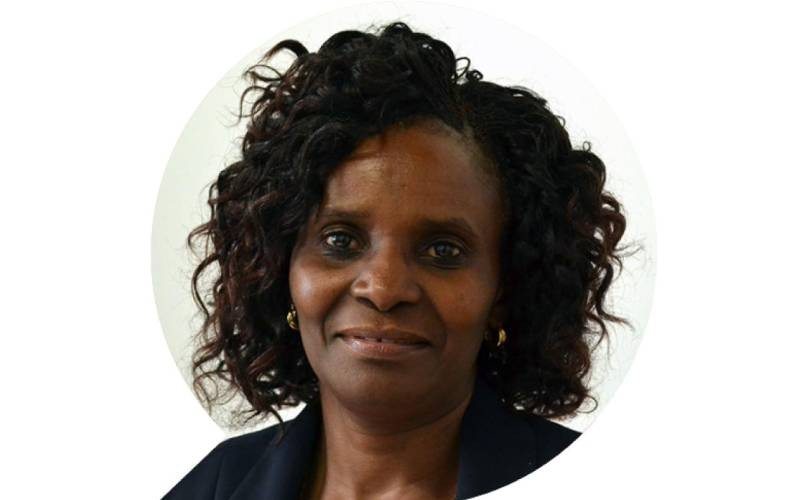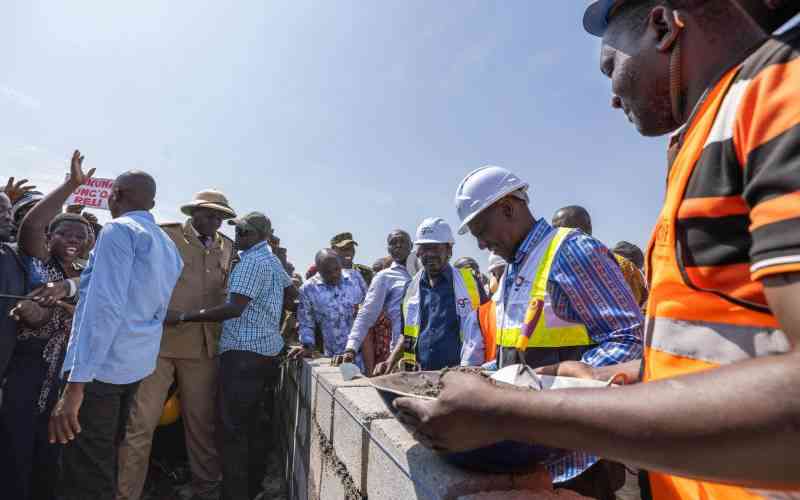×
The Standard e-Paper
Home To Bold Columnists

The recently released Kenya Demographic and Health Survey (KDHS) 2022, has very positive findings on key Sexual and Reproductive Health and Rights (SRHR) indicators.
It is a sign that we are on the right path in addressing key challenges, including teenage pregnancies, gender-based violence, and contraception use.







